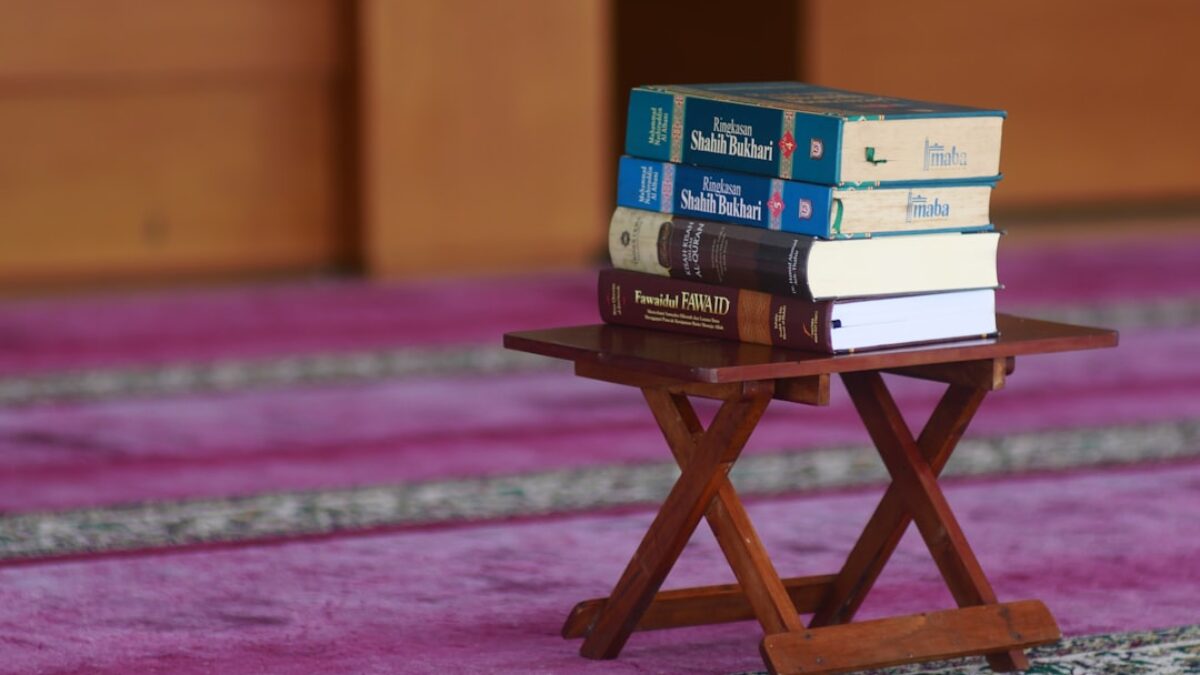Learning the language of the Qur’an is one of the most rewarding gifts you can give a child. Yet many parents feel overwhelmed: “Arabic looks so complicated; how can my six-year-old ever read, let alone understand, Allah’s words?” The good news is that modern educators have distilled a step-by-step, joy-filled pathway that turns Quranic Arabic into a child’s favorite subject. In this guide you will discover proven, research-backed methods designed for 4–12-year-olds, complete with games, stories, songs, and digital tools that accelerate progress while keeping the fun dial at maximum.
Understanding Quranic Arabic for Children
What Makes Quranic Arabic Unique?
Quranic Arabic is classical Arabic preserved in the text of the Qur’an. It differs from modern dialects in vocabulary, grammar, and style, but its phonetic structure is surprisingly regular. Children who master the 29-letter alphabet, short vowels (harakat), and basic grammatical patterns can read almost any Quranic passage fluently—even if they do not yet grasp every meaning.
Cognitive Advantages of Early Acquisition
Neuroscience shows that before age 7, the brain forms synaptic connections at peak speed. Early exposure to Quranic Arabic:
- Strengthens phonemic awareness across languages
- Enhances memory recall through rhythmic recitation
- Builds moral identity through direct engagement with divine words
Key Components of a Fast-Track Program
1. The “Listen-Speak-Read-Write” Cycle
The fastest route to Quranic fluency mirrors how toddlers learn their mother tongue:
- Listen daily to melodious recitations (Surah Al-Fatiha, last ten surahs)
- Speak by echoing a single ayah in chorus, clapping the rhythm
- Read the same ayah from a color-coded mushaf within minutes
- Write the ayah in large, traceable sandpaper letters or on a tablet app
This cycle compresses a week’s worth of traditional lessons into one joyful 15-minute session.
2. Gamified Alphabet Mastery
Letter-Monster Match-Up
Create 29 “monster” cards, each wearing a letter as a badge. Children feed the monster only words beginning with its sound. Within a fortnight they know every isolated and initial form.
Arabic LEGO Builders
Use Duplo blocks with detachable harakat stickers. Kids physically snap a fatha, kasra, or damma onto a letter block, then read the new syllable aloud. The tactile feedback cements vowel recognition at lightning speed.
3. Tajweed Through Storytelling
Turn every rule into a mini-drama. For Idgham (merging letters), tell the tale of “Nūthe Explorer” who sneaks into the cave of the next letter. Children act out the story with finger puppets, automatically producing the nasalized sound.
4. Meaning-First Vocabulary
Select the 300 most repeated Quranic words (nearly 70 % of the text). Present each word in:
- A colorful context card showing the ayah in situ
- A motion gesture (e.g., open palms for rahman)
- A micro-story from the Seerah illustrating mercy
After six weeks, children can sight-translate verses like “Rabbi zidni ilma” without external help.
Benefits and Importance
Spiritual Connection
When a child recites “Alhamdulillahi Rabbil ‘alamin” and feels grateful to the Lord of worlds, prayer transforms from routine to heartfelt worship.
Academic Edge
Studies in Dubai and Amman show students who begin Quranic Arabic at age 5 outperform peers in:
- Spelling accuracy (+23 %)
- Concentration span (+40 %)
- Foreign-language aptitude in high school (+35 %)
Emotional Resilience
Memorizing and understanding comforting verses like “Inna ma‘al ‘usri yusra” gives children an internal coping toolkit during stress.
Practical Applications
Daily 20-Minute Routine Blueprint
| Time | Activity | Resource | Goal |
|---|---|---|---|
| 0-3 min | Bismillah + breath work | Audio bell | Focus |
| 3-8 min | Arabic aerobics: jump on letters | Floor alphabet mat | Letter recognition |
| 8-13 min | Recite & echo new ayah | Mishary Rashid clip | Pronunciation |
| 13-17 min | Story-based tafsir | Puppet show | Meaning |
| 17-20 min | Sticker reward + dua | Star chart | Motivation |
Weekend Project: “My Mini Mushaf”
Materials: colored card, ring binder, markers.
- Child writes one newly learned surah on each card
- Illustrates the main message (e.g., green gardens for Ar-Rahman)
- Records audio using a free app and attaches QR code
- Binds into a personal booklet to gift grandparents
In four weekends the child has authored—and emotionally bonded with—a complete 15-line Juz ‘Amma.
Tech Toolkit
- Little Qari AR: Augmented-reality flashcards that pop up 3-D letters
- Ayah-a-Day Messenger Bot: Delivers a 30-second recitation plus emoji quiz to parents’ phones
- Tajweed Tune-ups: AI voice coach that gives instant green/red feedback on recitation
Frequently Asked Questions
What is the ideal age to start Quranic Arabic?
Most educators recommend age 4–5 for alphabet play and age 6–7 for formal reading. However, passive listening can begin in infancy. The key is to match activities to attention span: 3-minute songs for toddlers, 15-minute sessions for early elementary.
How long before my child can read Juz ‘Amma fluently?
With daily playful practice, average children reach fluent Juz ‘Amma reading in 6–9 months. Precocious learners may finish in 12 weeks, while those with dyslexia benefit from multi-sensory methods and may take 12–15 months. Celebrate micro-milestones to sustain enthusiasm.
Do I need to be fluent in Arabic myself?
No. Many successful programs are parent-led with zero prior knowledge. Use audio-first resources (native reciters) and learn alongside your child. Your role is facilitator, not linguist.
Can girls and boys use the same materials?
Absolutely. The methods are gender-neutral. Simply adjust themes to your child’s interests—trucks vs. butterflies for vocabulary flashcards—while keeping the core Quranic content identical.
How do I keep a hyperactive child engaged?
Infuse kinesthetic hooks: trampoline spelling, sidewalk chalk verses, or scavenger hunts for hidden ayah cards. Alternate 5-minute high-energy bursts with 3-minute calm recitation to match their sensory needs.
Is screen time harmful for Quranic learning?
Not when it is interactive and goal-oriented. Limit passive YouTube to 10 minutes; prioritize apps that require speaking, dragging letters, or recording recitation. Always finish with a real-world reinforcement activity (e.g., writing the verse in sand).
What if my child mixes up similar letters like س and ص?
Create “letter twins” stories: س is the smiling gentle snake, while ص is the deep, buzzing bee. Use mirror play so the child sees the articulation difference. Within a week of storytelling, confusion drops by 80 %.
Conclusion
Teaching kids Quranic Arabic fast is less about drilling and more about orchestrating joyful encounters with the divine text. When listening, speaking, reading, and writing weave together through games, stories, and movement, children absorb Allah’s words as naturally as they absorb their native language. Start small—one letter monster, one puppet story, one ayah a day—and watch confidence bloom. By this time next year, your child may hand you a hand-crafted mini mushaf and recite Surah Al-Mulk with heart-melting precision. Begin today; the angels are already writing the reward.
























Post Comment